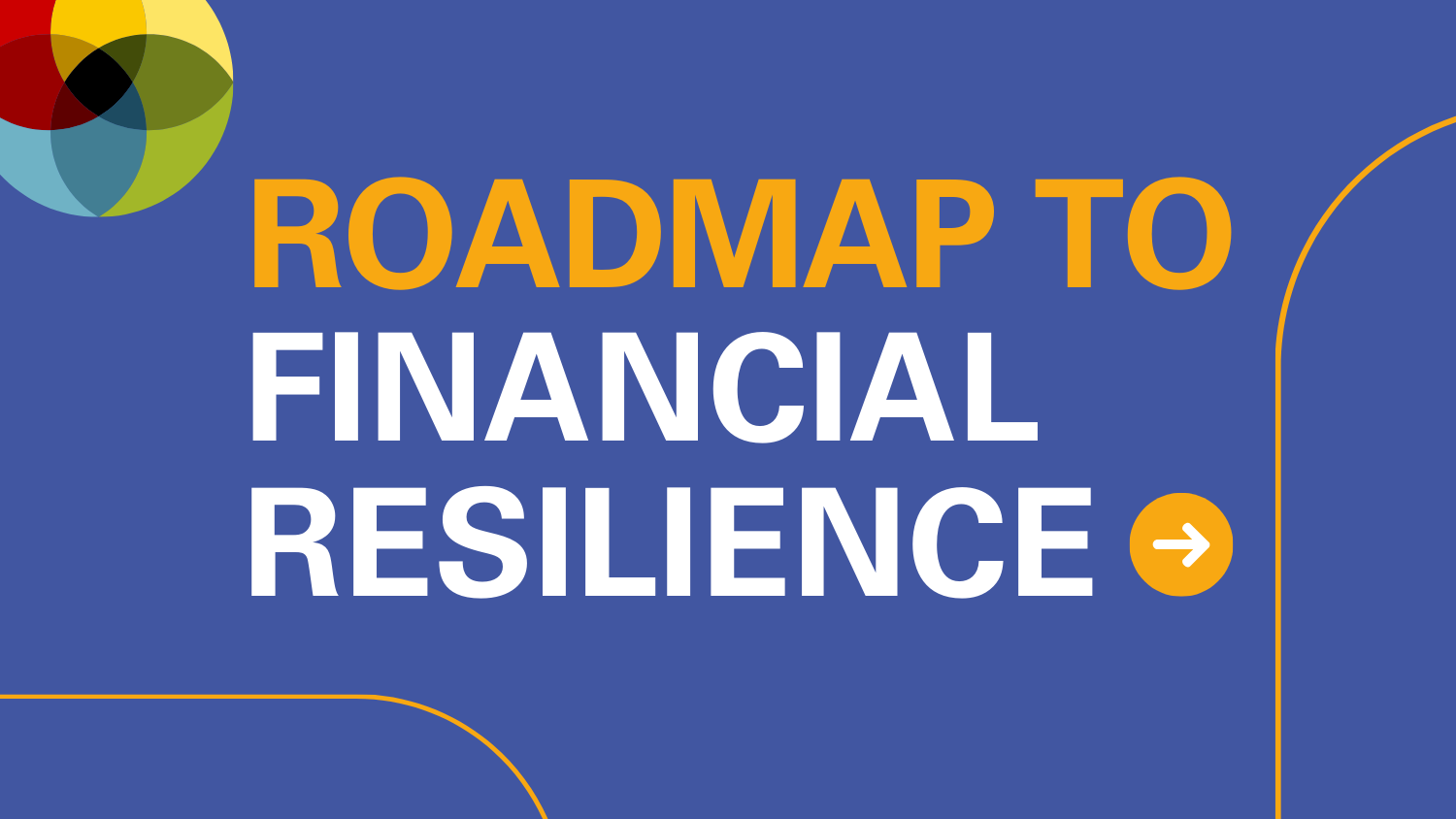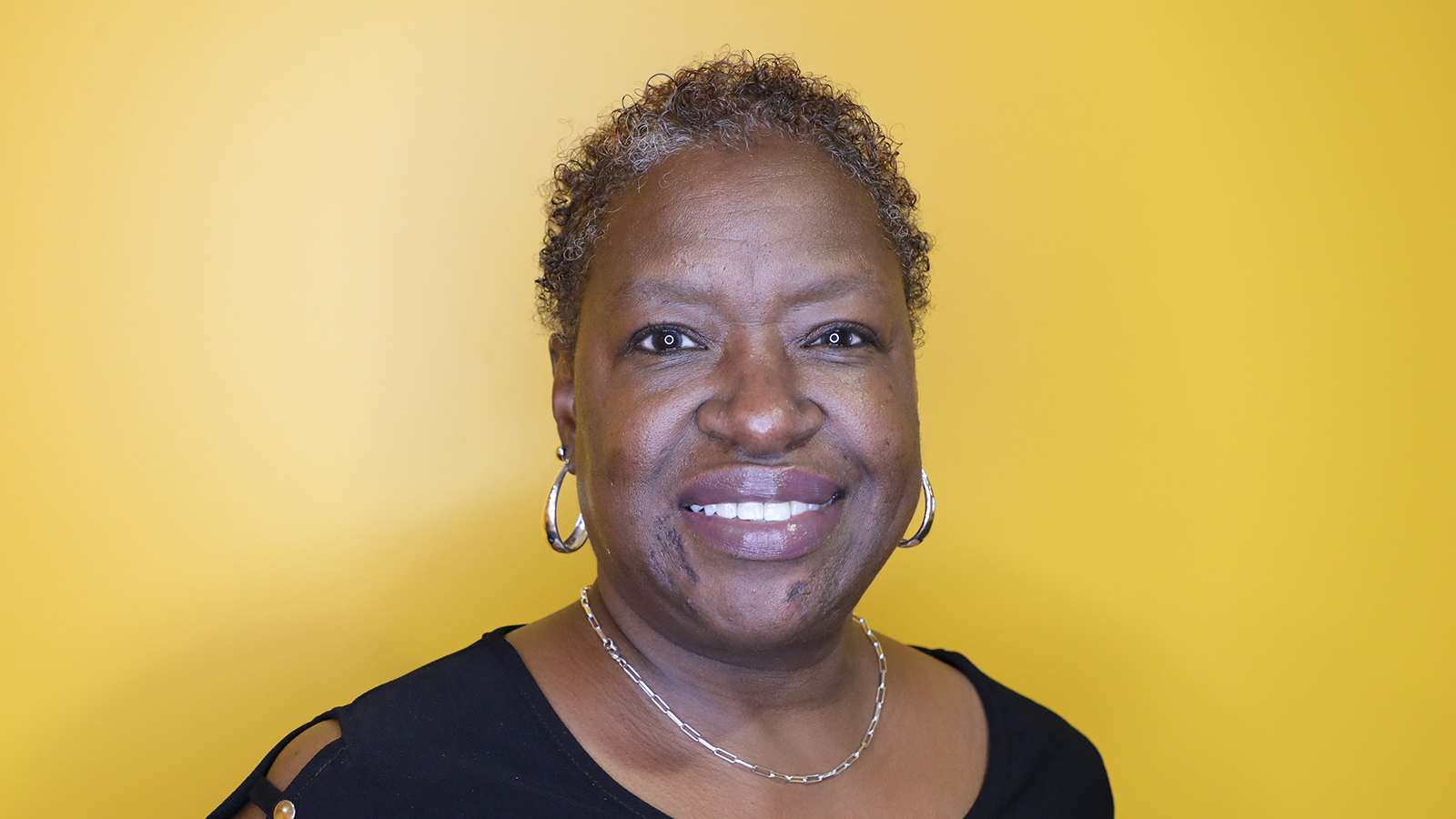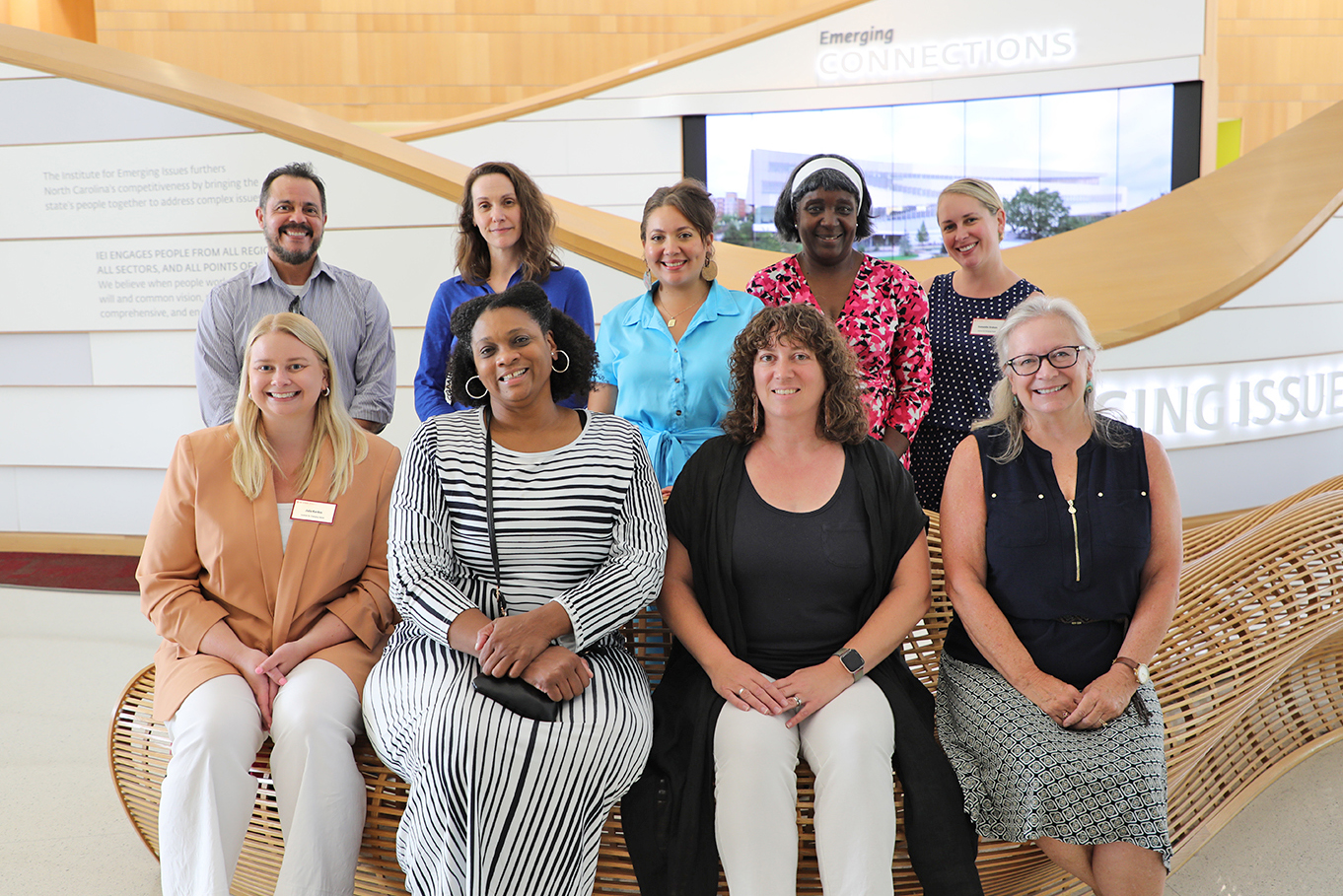Director’s Log | June 2021

The Summer of Soar?
Summertime and the living is… frenzied. At least if you work in local government. Cities and counties and school systems are still trying to find ways to get back into the office safely, reconnect as teams and get processes and services going again. But this summer there is another huge challenge local government units are facing—figuring out how to deal with billions of dollars in one-time money coming as part of the federal pandemic recovery effort. According to the state’s Pandemic Recovery Office, in all more than $50 billion dollars came to the state in 2020; with the passage of the American Rescue Plan in May, another $30 billion is on its way to the state in various forms—some to state government; some to local government and agencies; some to small businesses; some directly to individuals.
I’ve written before about the importance of collaboration and careful planning when it comes to this funding. And one way or another it will get done. The state will spend $5.4 billion in ARP recovery funds coming through the state; counties will spend the $2.0 billion coming directly to them; municipalities will spend the $1.3 billion coming to them; local school systems will spend the $3.6 billion coming to them.
Just pulling that spending off legally will be an administrative accomplishment, and good things will come from that spending even if we do a mediocre job. But there are opportunities with every bit of the spending to do even more. If planners and elected officials can get it right over the next couple of months, and keep getting it right over the next couple of years, we could look back on this period as the “summer of soar.” As Rep. Dean Arp noted in a recent conversation on First in Future Live!, “Our goal is not necessarily to get back doing the same things that we had done prior to the pandemic, but recognize the new trajectory, businesses, and economies that are developing, the ways people work, and then strategize and plan for the future where we’re going.”
Here are four places where important work will get done with recovery funding, and some thoughts on what else could get done:
Broadband:
What will get done: As a result of the recovery funding we will be investing, almost every North Carolinian will have access to broadband in five years: unserved areas will get reached in rural areas; “doughnut holes” will be filled in other parts of the state.
What could also get done: There are more people in the state that don’t have broadband because they can’t afford it than there are people that don’t have broadband because it isn’t available. With digital inclusion plans, counties could have strategies to leverage near-term funding from the Emergency Broadband Benefit and the Emergency Connectivity Fund into long-term affordable connectivity solutions for families that need broadband to learn, work and get health care. With support from IEI and the state Broadband Infrastructure Office, 14 counties are developing plans like that; every county needs one.
Water/Sewer:
What will get done: The Governor and Senate budgets differ, but only in size: somewhere between $800 million and $1.2 billion from state ARP funds will be coming to fix distressed water and sewer systems. That coupled with local ARP funds could restore more than 100 mostly rural struggling systems.
What could also get done: This is an amazing opportunity to look at consolidation of small water and sewer systems and recognize the benefits of taking a regional approach to treatment of water and wastewater.
Affordable Housing:
What will get done: Subsidies and supports for people struggling to afford housing will be delivered through ARP funding. There is disagreement on funding for construction and rehabilitation of affordable housing: the Governor and the Senate disagree on whether state ARP funding should go toward affordable housing, but with the explosion of housing prices and local employment needs, local governments will have to find solutions to the mushrooming housing crisis. A new requirement to coordinate local land use policies into a comprehensive land use plan by July 1, 2022 will spur local government to develop new strategies to permit new affordable housing and rehab of existing housing.
What could also get done: Currently there is a serious shortage of skilled workers available to build in the state, and what workers there are are focused on higher-priced housing. To increase the ability to build or rehab more housing, local workforce boards, community colleges and employers could launch an intense effort to attract more people into the skilled trades.
Education:
What will get done: ARP funding coming to local school systems will result in new health and safety measures, expanded summer school and intense new efforts to recover from lost learning.
What could also get done: Funding for local systems can be used to help meet student technology needs. In addition, the federal Emergency Connectivity Fund will bring some $7.4 billion nationally to schools and libraries to improve student connectivity. Careful coordination with county and municipal planners developing comprehensive broadband solutions through digital inclusion plans will help avoid duplication of effort and will result in more learning options for students going forward.
Because federal relief funding is one-time money, local government entities will struggle to hire additional people to sort through all of the challenges. The difference between what will and what could also get done will depend in large part on time and capacity. In an effort to help, resources like the UNC School of Government, regional Councils of Government, the NC Association of County Commissioners, the League of Municipalities, the NC School Board Association and others are offering training to local governments on everything from successfully receiving the funding to compliance to strategic planning. Kevin Leonard, executive director of the NC Association of County Commissioners, puts it simply: “We have to be very strategic about this once-in-a-lifetime opportunity.”
Timing is tricky; pressures are great. But opportunities for transformative change are huge. Imagine a North Carolina where every family has affordable housing and broadband, clean water and a safe learning environment, where thousands of new construction workers have well-paying jobs. Getting closer to that will require a summer of struggle. But if we can take the extra time and do the extra coordination, it can also make this a summer of soar.
- Categories:


